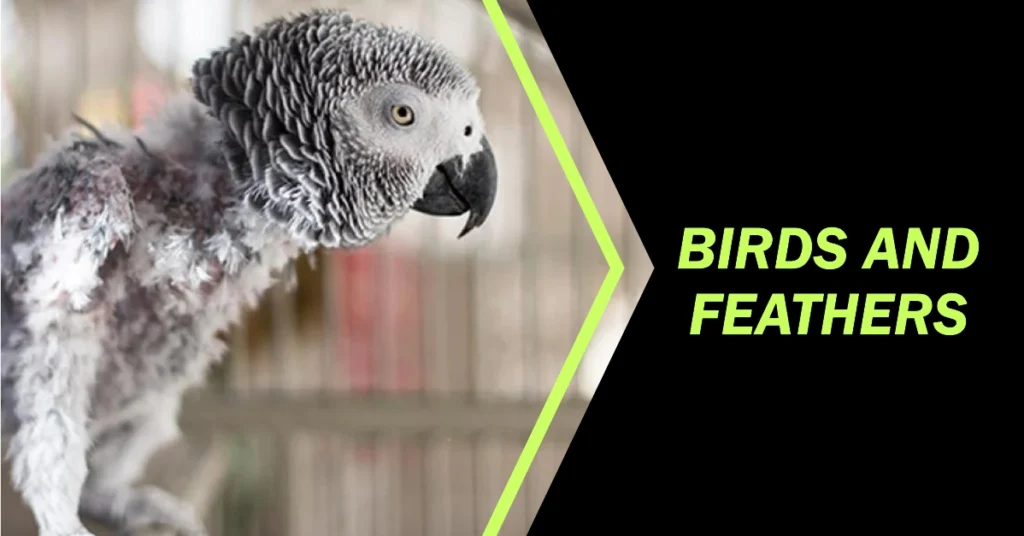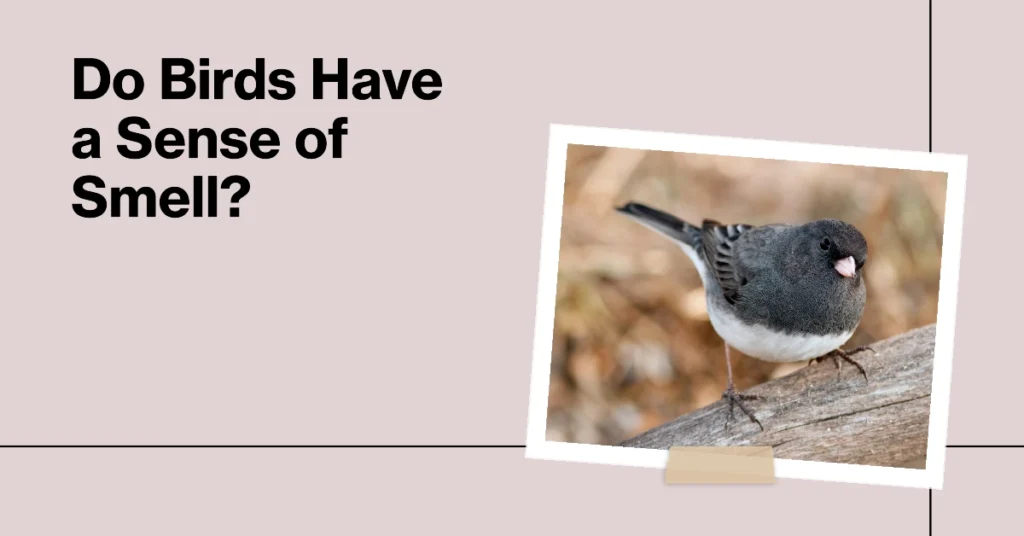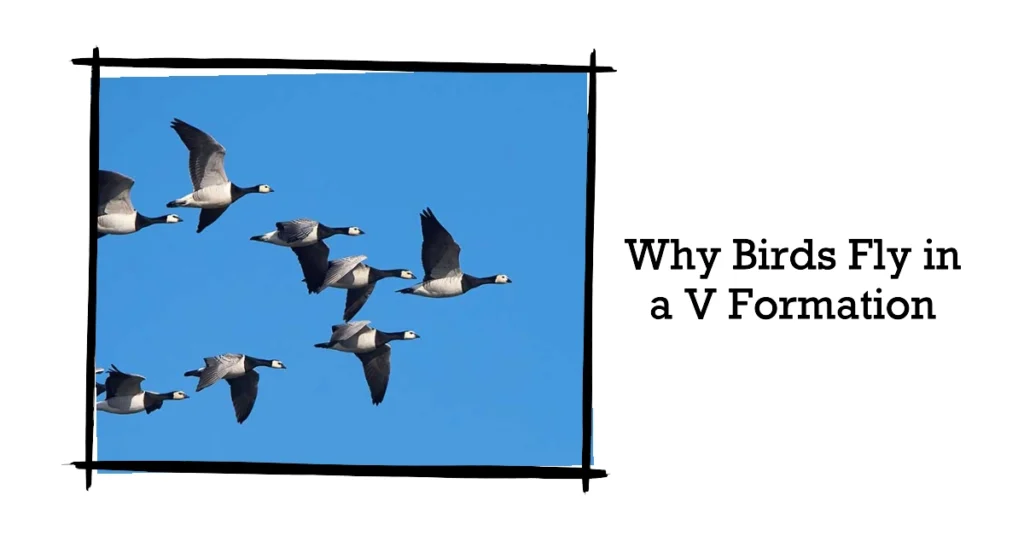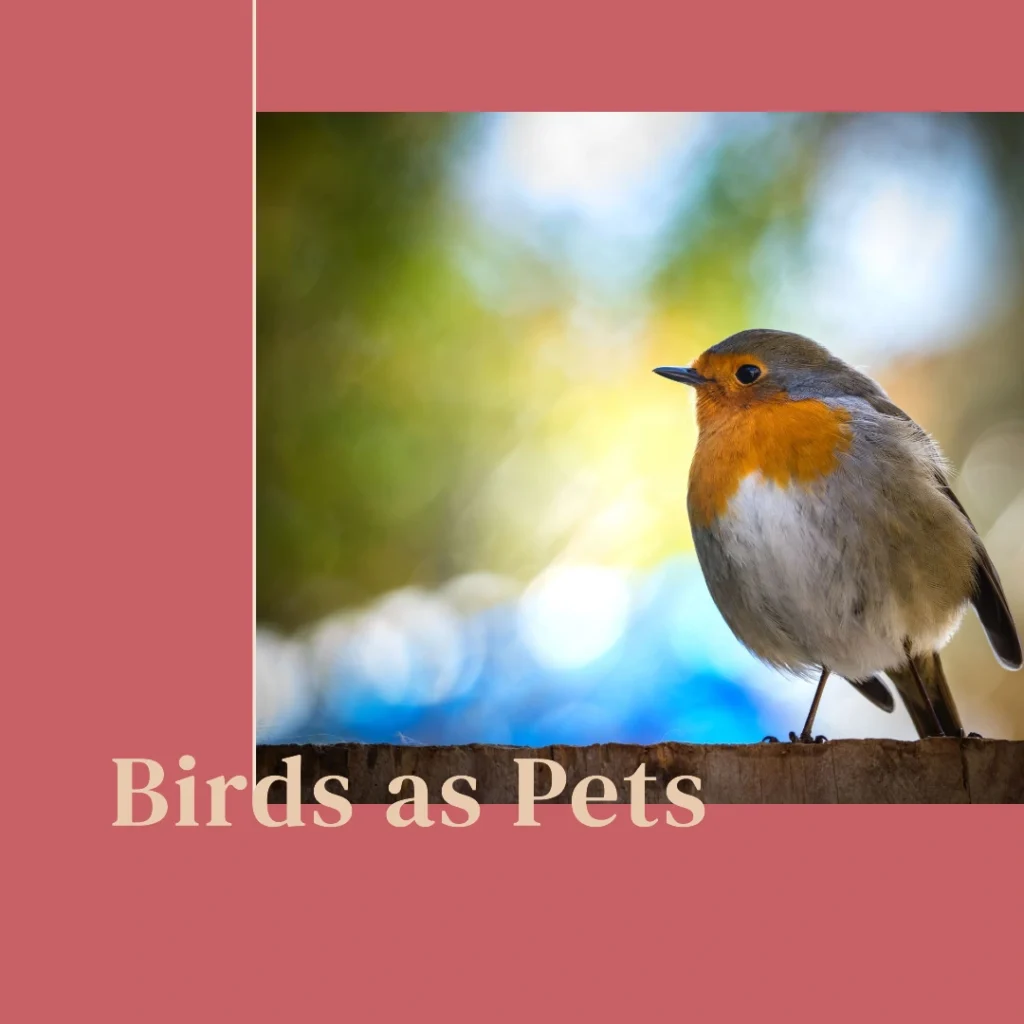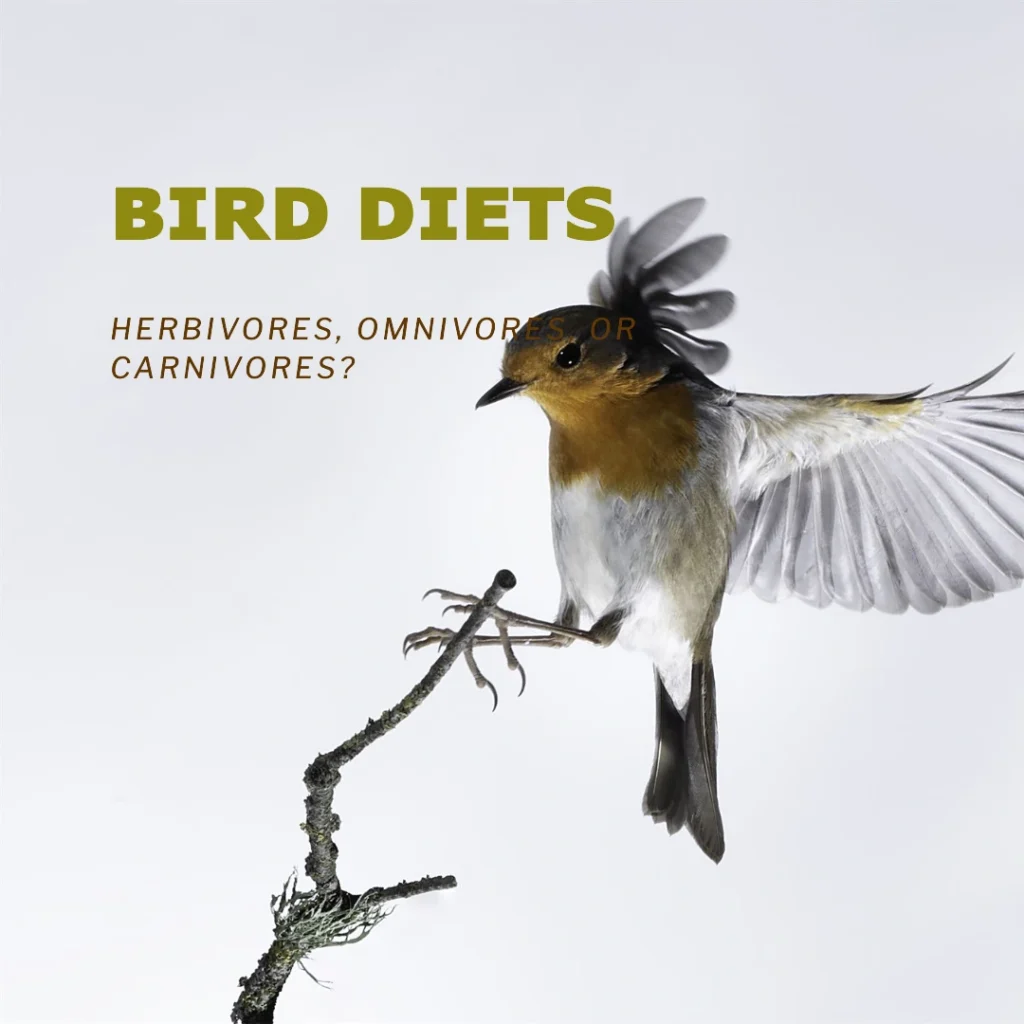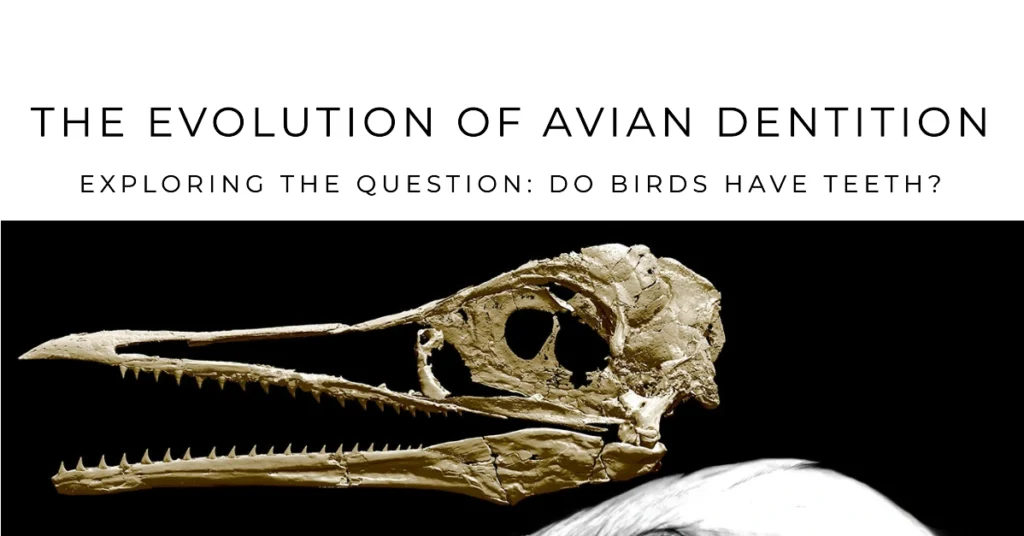
Birds are fascinating creatures known for their colorful feathers, ability to fly, and unique beaks. One question that often comes up is: do birds have teeth? The short answer is no, modern birds do not have teeth. However, this was not always the case. Let’s explore the intriguing history of bird teeth and how birds lost their pearly whites over millions of years of evolution.
The Toothed Ancestors of Modern Birds
To figure out why birds today don’t have teeth, let’s go way back in time, about 100 million years, to when dinosaurs roamed the earth. Did you know that birds are actually related to a kind of dinosaur called theropods? These old dinosaurs, like the Velociraptor you might know from movies, had sharp teeth to grab and eat their food.
A long time ago, there was a bird called Archaeopteryx, which lived about 150 million years ago, and it had teeth! We also found teeth in fossils of other old birds like Hesperornis and Ichthyornis, who lived during a time called the Cretaceous Period, which was from about 145 to 66 million years ago. But now, birds don’t have teeth. Why do you think that is?
The Transition from Teeth to Beaks
Scientists believe that birds gradually lost their teeth over millions of years as they evolved and adapted to new diets and lifestyles. Here are some key factors that likely contributed to this transition:
- Lighter weight for flight: Teeth are heavy and require a strong jaw to support them. As birds evolved to become better fliers, having a lighter skull with a beak instead of teeth would have been advantageous.
- Efficient digestion: Instead of chewing their food with teeth, modern birds swallow their meals whole and use a muscular organ called the gizzard to grind it up. Some birds even swallow stones to help crush tough food in their gizzard.
- Specialized diets: As birds diversified and adapted to different food sources, their beaks evolved to suit their specific needs. Seed-eating birds developed short, strong beaks for cracking open seeds, while nectar-feeding hummingbirds grew long, slender beaks to sip nectar from flowers.
Over time, the genes responsible for tooth development in birds were switched off or lost, and the beak became the defining feature of avian anatomy.
Frequently Asked Questions
Do any birds have teeth?
While no living birds have true teeth, some species have tooth-like structures or serrations on their beaks. For example, the merganser duck has a saw-like edge to its beak that helps it grip slippery fish.
Can birds grow teeth?
Modern birds have lost the ability to grow teeth. However, scientists have discovered that bird embryos still have the genetic information needed to develop teeth, but these genes are not activated during development.
How do birds chew without teeth?
Birds don’t actually chew their food. Instead, they have a unique digestive system that includes the gizzard, a muscular stomach that grinds up food with the help of swallowed stones or grit.
Did all dinosaurs have teeth?
Not all dinosaurs had teeth. Some plant-eating dinosaurs, like the duck-billed hadrosaurs, had beaks instead of teeth. This suggests that the loss of teeth and the development of beaks occurred multiple times throughout history.
The Legacy of Bird Teeth
Although modern birds no longer have teeth, the story of their toothed ancestors remains fascinating. By studying fossils and comparing the anatomy of birds and dinosaurs, scientists continue to unravel the mysteries of avian evolution. Who knows what other secrets about the history of birds’ teeth and beaks are waiting to be discovered?
So, the next time you see a bird, take a moment to appreciate its unique beak and remember the long, incredible journey that led to the toothless wonders we know today.

